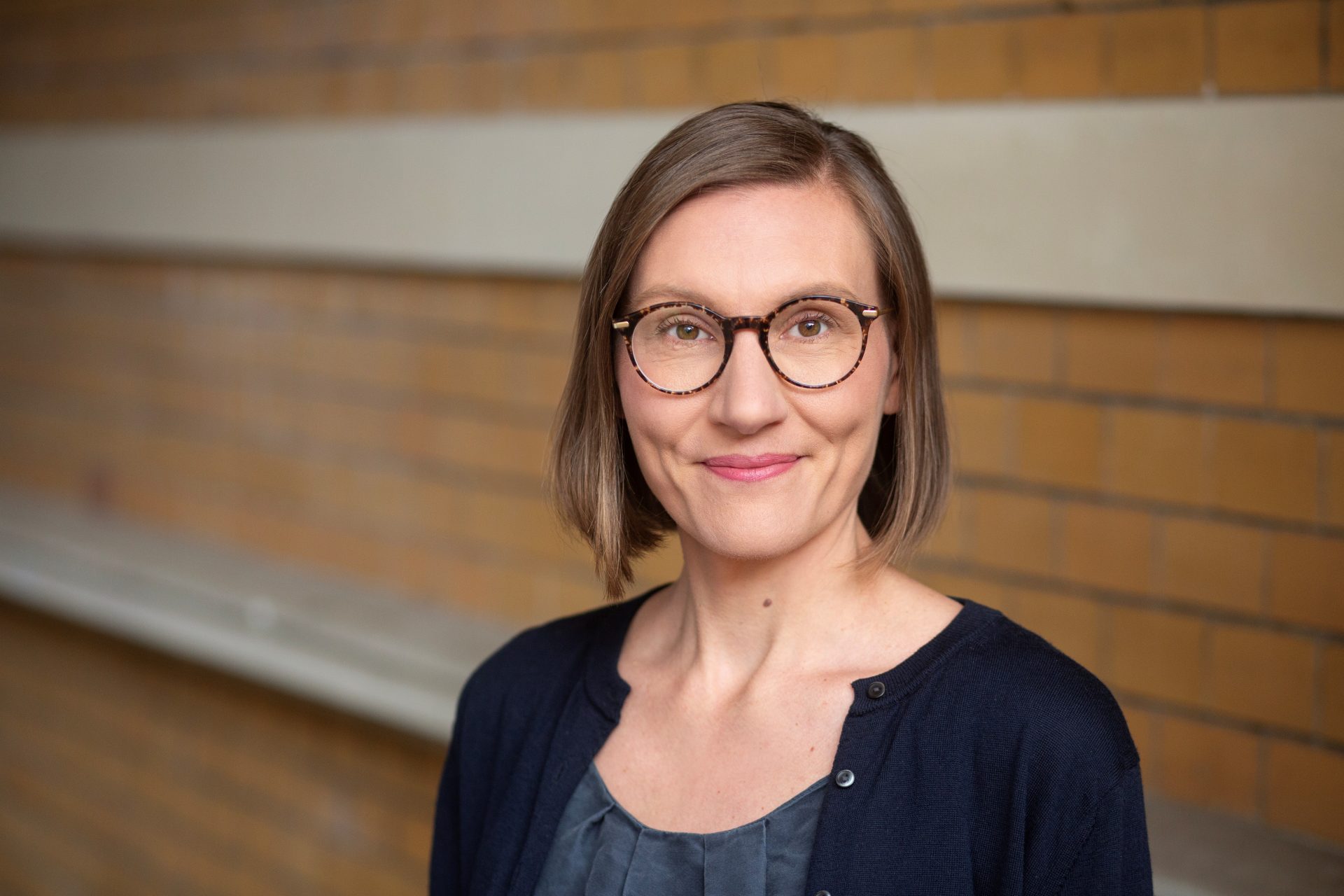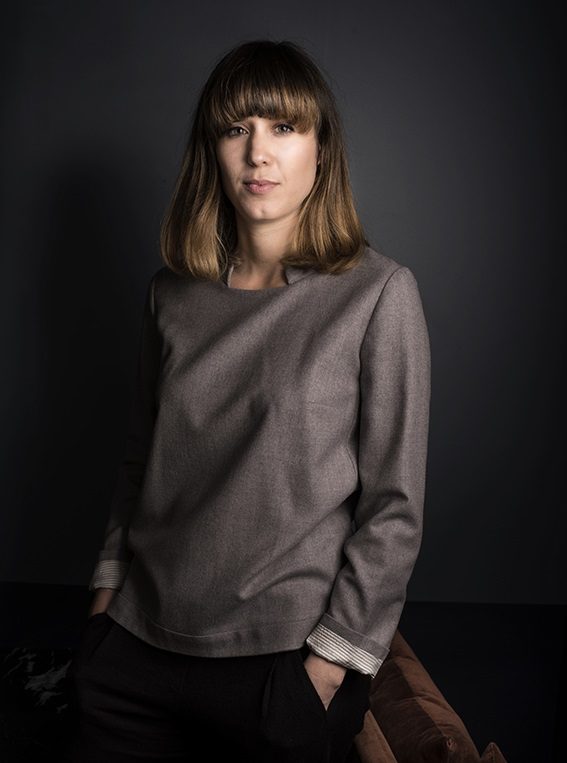Most people think of men when they think of spies. What do you think: Why do they they do so until today?
There are more and more women working in intelligence, but the ratio men versus women is still imbalanced. In the French DGSE, for instance, less than a third are women who mainly work in the office. As long as male represent a larger proportion than females spies, the general public will expect intelligence officers to be men. The fact that the director of the CIA is currently a woman (Gina Haspel, since 2018) is a good sign that things are starting to change.
I understand. So, what‘s the role of women – back then and today – in the field of espionage?
Some secret services used and still use women as “honeypots”: They hire prostitutes to seduce targets and then blackmail them to obtain information. During the Cold War the Soviets were famous for their “swallows”. A common misunderstanding has been to think those women are intelligence officers, when they’re not. This confusion, well nurtured by James Bond movies, has done great harm to women in intelligence, people thinking they have sex for information, which they never do. Their work is no different than the men’s. They even prove to be very valuable on the field: since people don’t expect spies to be women, they raise less suspicion.

So, has the image of the spy changed during the years and if so, to what extent?
With the rise of electronic communication (versus information gathered by means of interpersonal contact), the spy is more and more perceived as a “computer geek”. The figure of the spy is more feminized, too, thanks to spy novels involving women and TV shows like “The Americans”, French “Le Bureau des legends” or “Homeland”.
Absolutely. Hence, what exactly fascinates you about espionage?
Knowing what is happening behind the curtains, getting to know secret things. And of course the ability some field officers have to take on various identities, which is practicably impossible in everyday life, for “normal” people. I also think that, even if working in secret service is a deadly serious matter, there is a playful thing to it – a hide and seek kind of thing that echoes in a lot of people. To be honest, now that I know how it works, I am pretty sure secret service wouldn’t be for me. Mainly because I would feel bad having to deceive and expose good people to risks, just to receive information.
So, how did you come up with the idea of writing a book about female spies? What was your intention when writing it?
I had the idea in 2010 after the US-American authorities arrested 10 Russian spies operating on American soil. One of them was called Anna Chapman and she was the prototype of the James Bond girl as we picture it: young, beautiful and dangerous. All the media chose her as their angle for their story and it made me wonder if women in intelligence really looked like that. I realized most existing books on the subject often talked about deceased women in the same way – Mata Hari, Josephine Baker – and usually maintain this image of glamour. So, I thought: why not try to find women who are alive, talk to them and see who they are and what they have to say?

Okay, but how did you do your research, how did you find these women?
It’s difficult, because female spies are not as numerous as male spies and, of course, both men and women in intelligence have been trained not to talk. Some of the women I interviewed are public figures: Jonna Mendez (CIA), Stella Rimington (MI5) and Gabriele Gast (HVA). They were easy to find but the latter two were extremely hard to convince. It took me two years and two trips to Germany to get Gabriele Gast’s agreement. To find the others I met a lot of male military or intelligence officers who helped me by contacting ex-colleagues who themselves contacted ex-colleagues etc. It took me five years in total to gather eight interesting testimonials from female officers. All of them are retired, because, of course, you’re not allowed to talk when you’re active. And I wanted to hear stories of operations.
What was the best moment during your interviews? Or the most exciting, weird or frightening moment?
There were many of those moments, but going to Moscow to meet with a former KGB (The Committee for State Security oft he former Soviet Union) illegal whose life really looks like Elisabeth Jennings’ in The Americans was definitely one of them. It was only a few days before their wedding that her fiancé told her he was working for the KGB and was about to leave to Argentina under a covert identity for several years. To follow him, she joined the KGB, took on the identity of a German woman and she had to spend 2 years in East-Germany to learn German and to make her cover appear plausible. Then the couple moved to Buenos Aires pretending to be Argentinian for him and German for her. They had two girls who spoke Spanish and who had no idea their parents were Russian spies...

Was it your idea as well to turn your interviews into a short film series for arte? And why did you choose the animated form?
A Parisian production company called Squaw approached me with the idea which immediately appealed to me – the animation movie director Aurélie Pollet created images I am really fond of and the animated form is very convenient for stories about intelligence: you don’t have to deal with anonymity issues – since no woman is on camera – and it’s okay if you don’t get all the archive images you’d need to do a film documentary. Aurélie Pollet did work with a documentalist, though, to make sure what she showed was historically correct.
Will you go on researching about that topic?
Aurélie Pollet and I are currently writing and drawing a comic strip adapted from the animated series. The series was viewed 2,2 million times. Reading all the comments on Youtube and Instagram we realized that quite a lot of people wanted to know more about the characters, get more details about the operations. The book will be published by Steinkis Editions, hopefully next January, in time to be introduced at Le Festival de la Bande Dessinée d'Angoulême. We'll use existing images, but Aurélie is drawing some more to go with the bits of stories I added. I have never written a comic book before, and the challenging part for me was to find a way to turn the storytelling into dialogues, use speech bubbles as much as possible. Comic book-writer is definitely not an easy job!

